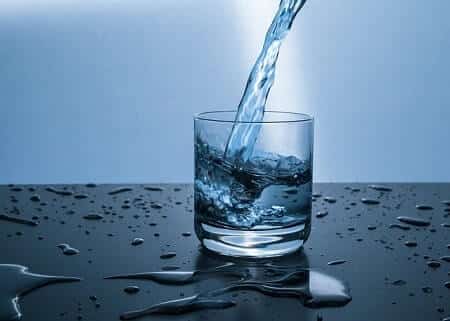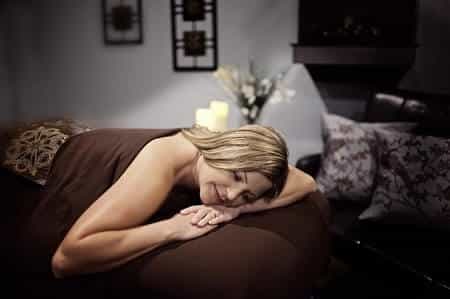Want to know what to expect after cupping?
I’m a huge fan of cupping therapy. I’ve had both wet and dry cupping sessions and am a huge advocate for this form of therapy as I always feel amazing afterward.
I’ve also used it to treat a shoulder injury I had, as well as relieving the symptoms of anxiety and persistent migraines.
Here’s everything a first-timer or someone interested to learn more about cupping therapy should need to know:
Contents
What to Expect From a Cupping Session
There are a few types of cupping, and each varies slightly in their application.
To give someone thinking about booking a session for the first time a good idea of what to expect, however, cupping is best described as:
Placing plastic or glass cups against the skin, then warming the inside of the cup to draw blood to the surface of tissues under the skin.
This happens because the change in temperature causes a vacuum inside the cups. This forces the blood vessels to expand, the therapist then makes tiny cuts on the skin or repeats the cupping process to draw out some blood.
If it sounds painful, it’s really not. You can definitely feel it of course, but I wouldn’t say it’s any more painful than a deep tissue massage.
The result is increased blood flow to the area being treated. It gives your body’s natural healing response a nudge, helps flush toxins, and gives you a wide range of physical and mental wellness benefits.
What to Do After Cupping?

Aftercare is always important to maximize the effects and benefits of any physical therapy and massage techniques.
For post-cupping best practice, I recommend you take note of the following:
Drink plenty of water – It’s essential you keep well hydrated. Fresh water helps flush toxins and heal the cupping marks quicker.
Don’t work out – It’s not advised that you work out the same day as having cupping therapy. This is because; you don’t want to sweat a lot as the area treated is sensitive, and you should focus on rest and recuperation.
Don’t bathe – Don’t soak the cupping marks or shower them for at least the remainder of the day. Your pores will be open and bathing can allow pathogens into the treated area and increases the risk of infection.
No alcohol – Alcohol reduces the effects of most forms of massage therapy. It slows down the rate in which toxins leave your body, and you might end up with a hangover if you drink too much!
Rest – Depending on how often you have a massage and your general health, cupping can take a toll on your energy levels. Even if you feel great, it’s best to rest for the remainder of the day to aid your body’s recovery.
Cupping Marks Explained
It feels like I can never talk about cupping to someone without them asking about the cupping marks that are left after treatment.
They are pretty obvious, you’ve probably seen the large purple circles. They appear because the treatment draws blood to the surface of the skin.
The area is a bit tender to touch, which is why you need to be aware of the aftercare steps I outlined above.
For most people, the marks are pretty much gone in 7-10 days. I’m quite fair-skinned, so sometimes I can see a faint outline as long as 14 days after treatment.
Within a couple of days, they are no longer tender or sensitive though. It makes for a great talking point, I’ll say that.
What Are the Side Effects of Cupping?

Cupping is considered safe. There are some possible side effects, however. According to Healthline and some other sources, you may experience:
Around the area that was treated, you may experience discomfort, mild burns, and swelling.
Generally, you may feel lightheaded, dizzy, or nauseated.
In the days that follow, the areas that were treated are at risk of infection. Which is why it’s important to look after the area for the next few days at least.
Long-term, you may see scarring or other blemishes from repeated cupping.
In Summary – What to Expect After Cupping
Hopefully, the article has helped prepare or reassure you that cupping is perfectly safe and I’ve helped inform you of what you can expect during and after a session.
Personally, I’ve always felt great afterward, especially in the days and weeks after. So I’m always recommending it to friends and family.
There are so many positive benefits, you should at least give cupping a try if you’re interested. Always act on the advice of a medical professional and go to a professional therapist too.

I’m a MA, (CMT) Certified Massage Therapist, Licensed Massage Therapist (LMT), and Reiki Master — I’m a licensed massage therapist with over 10 years of experience in the industry.

